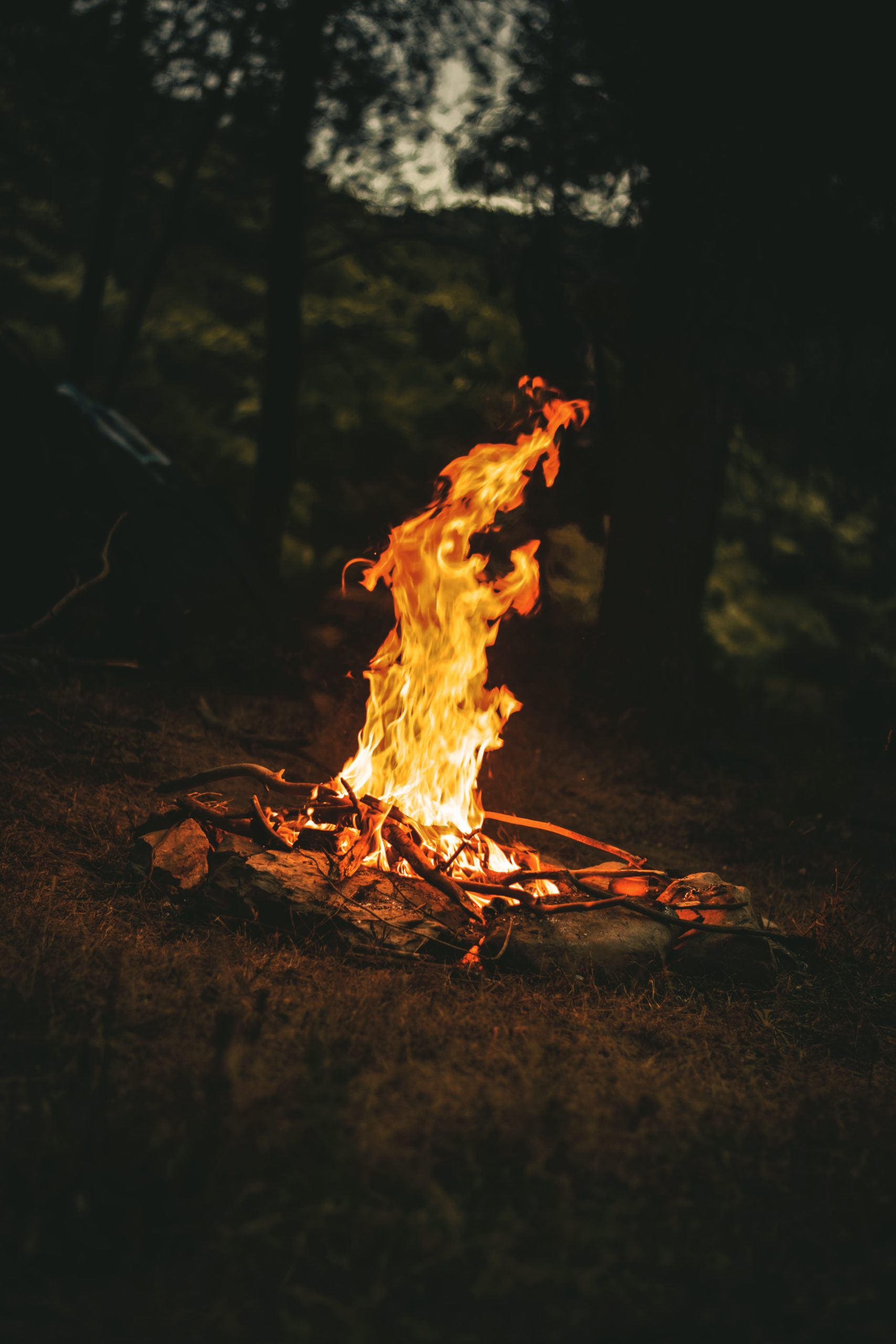Productive Pitta

HARDER – FASTER -STRONGER
The first and most basic thing to know about each dosha is their elemental qualities and their attributes. The word pitta is derived from the Sanskrit word tap which means to heat and to be austere. Pitta is made up of mostly fire and a little water in order not to burn out completely, and trust me, they can! Pitta governs digestion; digestion of food, thought, and information.
The fire/water combination of pitta is indicative of bile and enzymes which makes up what is called our digestive fire, or in Sanskrit our agni. The strength of our agni will determine how well we digest and assimilate food. There are many ways in Ayurvedic text to increase or decrease your agni depending on the state of your digestion. Pitta people generally have high metabolisms and digest quickly and efficiently with strong appetites. However, if their digestive fire is too high it can cause them to ineffectively absorb nutrients, lose water faster, and be prone to diarrhea.
PITTA PEOPLE ARE HOT!
Pitta people run hot! Their body temperature is often much warmer than others especially a vata or kaphic person and they tend to sweat easily. It’s already easy to see that pitta types are fueled by the heat of their own fire and set goals ALL THE TIME! The difference between a vata person being busy with their goals and a pitta person, is pitta will often achieve everything they set out to do where vata may only achieve a few.
Another quality of the fire element is transformation. Pitta transforms and transcends old ways of thinking, non-useful information, old energy patterns, and negative emotions. Pitta is also a master at cultivating new habits and maintaining them. Pitta is likened to the Hindu deity Vishnu, the preserver. By transforming obsolete ways and blazing way for better ones, Pitta is a master at metamorphosing and maintaining life. Which makes the connection why pitta governs the middle portion of a persons life from about age 18-53 (give or take).
Pitta also governs the gray matter of the brain which holds conscious thinking, conscious emotions, and comprehension. Think of the heat of a fire being sharp and clear. These qualities are very descriptive of how pitta processes information; the agile mind is sharp and discerning easily taking in information and digesting it into the essence of the body, mind, and spirit. The clarity enables the mind to quickly see useful information for application and gives the spirit the ability to see the truth.
Pitta’s spirit in it’s purest form is a truth seer. This brings me into very briefly introducing the three gunas which I will go into in later posts 🙂 The three gunas are sattva, rajas, and tamas. Each universal quality is responsible for influence over our bodies, minds, spirit, and creation. On an individual level sattva is perception and right action, rajas is movement and change, and tamas is inertia and confusion.
THE ESSENCE OF LIGHT & PURITY
So without going much further into that Ayurvedic treat lets expand on the qualities of a sattvic pitta! Sattva in essence is light and purity where pitta also resembles these aspects with its fire and water qualities of clear and light. When a pitta person lives a sattvic life they are essentially living a peaceful life of purpose and truth. Their fire cuts right through any amount of lie or deceit and their light shines on any shadow. A sattvic pitta often makes a great guru or teacher for they can see your path clearly and help illuminate the way knowing not to hold your hand or tell you what to do. Pitta is prone to giving non-stop advice, but a sattvic pitta will bring about clarity not confusion or bossiness.
Overall, Pitta is a go-getter, a leader, a discerning mind, and a strong appetite for food and life! Adventurous and bold, passionate and daring, not much gets in between a pitta and their goals and purpose. They are a great friend to have because they will always be there for you and aren’t too soft to tell you what’s what 😉 And when they tell you what’s what they will speak clearly and directly to ensure no confusion!
Lastly, I want to very quickly introduce the five the subdoshas of pitta. Yes, there are five more doshas connected just to pitta! There are also five for vata and kapha. The five subdoshas are pachaka pitta, ranjaka pitta, sadhaka pitta, alochaka pitta, and bhrajaka pitta. Each of these subdoshas governs different sites and functions in the pitta body. I will go into each of these on their own post, but to briefly introduce each now: Pachaka pitta is located in the small intestine and stomach and governs digestion, absorption, and assimilation of foods. Ranjaka pitta is located in the liver, spleen, and intrinsic factor in stomach as it produces bile, liver enzymes, and gives color to blood. Sadhaka pitta is in the brain and heart governing conscious thinking, emotions, and comprehension. Alochaka pitta is located in the eyes and maintains the color of the iris and visual perception. And Bhrajaka pitta is in the skin maintaining color, texture, and temperature.
When I expand on these particulars, I will go deeper into their functions, how they stay balanced, and how they get imbalanced. Stay tuned! 🙂 And as you can see, everyone has pitta in them, but some people are more pitta than others. If you’re curious to which doshas primarily make up your constitution, get a quick consultation with me for more on what Ayurveda can do for you! Thank you for reading and happy learning 🙂 Om Shanti~
Be the first to comment